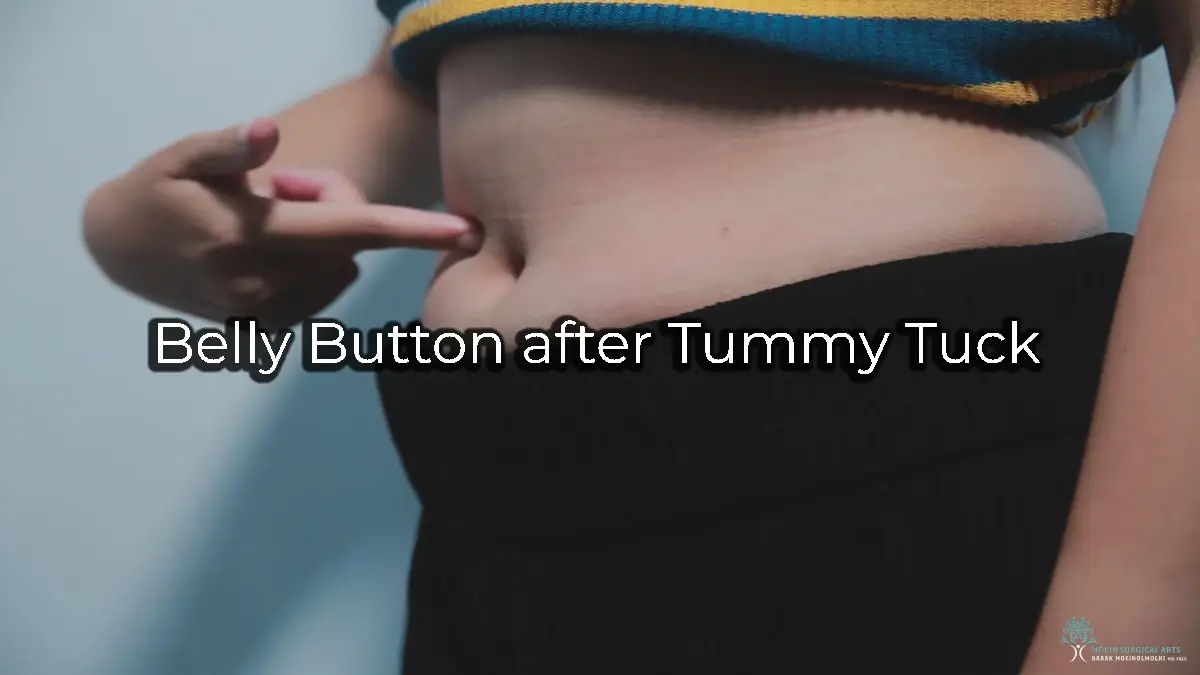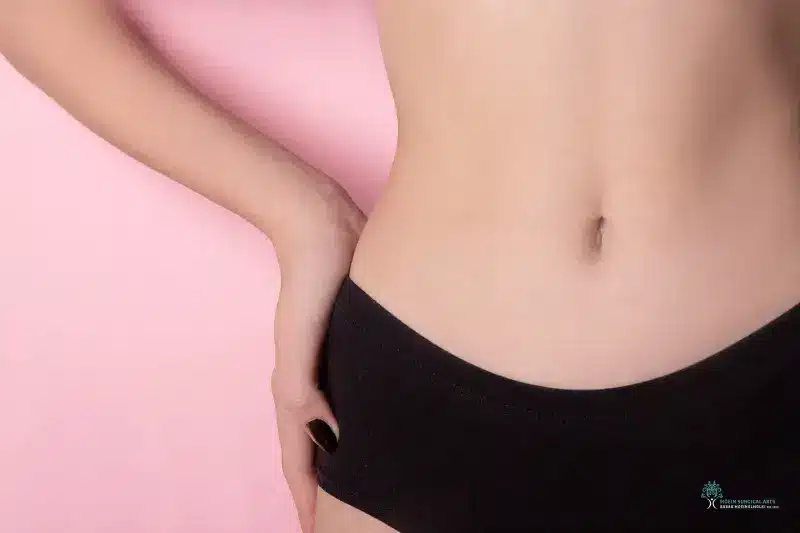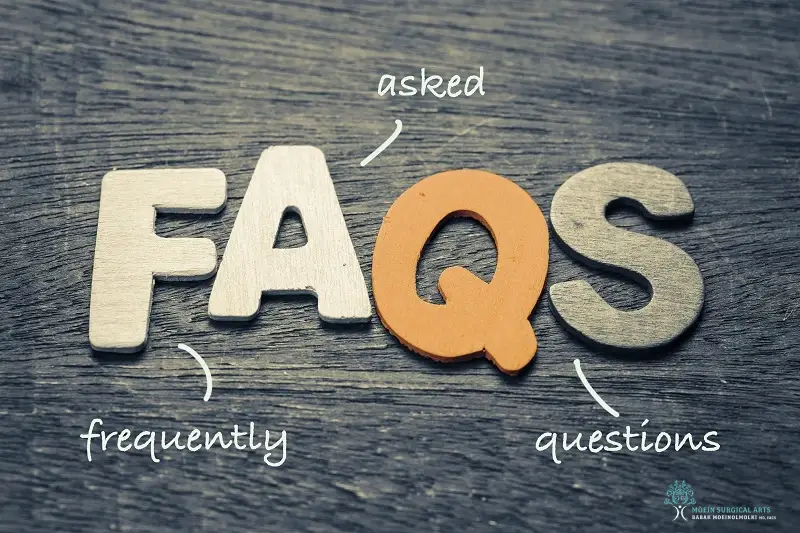
Every body has its unique stories etched in its skin, and the belly button is no exception. Understanding the impact of a tummy tuck, or abdominoplasty, requires diving into the surgical process and its effects on this seemingly minor feature. As more individuals consider this transformative procedure, questions arise about how their belly button after tummy tuck will change and heal.
After a tummy tuck, the belly button can undergo notable changes in positioning and appearance. Surgeries can shift its location, sparking worries about symmetry and the aesthetic satisfaction of the result. The outcome may vary widely with various techniques employed in abdominoplasty, prompting a closer examination of how these factors play into postoperative care and emotional well-being.

Understanding abdominoplasty, commonly known as a tummy tuck, is essential for those considering the procedure. This surgery removes excess skin and tightens abdominal muscles. It often targets issues after weight loss or pregnancy.
A key concern for many patients is the belly button’s appearance. In tummy tuck procedures, skilled surgeons focus on creating a natural-looking belly button. This involves careful belly button reconstruction and proper belly button placement.
A board-certified Cosmetic Surgeon ensures the correct blood supply for the belly button, which is a common concern among tummy tuck patients. A mini tummy tuck might be an option if less extensive work is needed. Discuss options with a skilled surgeon to determine the best approach for your needs.
Understanding how tummy tuck surgery impacts your belly button after tummy tuck is vital. This procedure may alter its position and appearance, so it’s important to know what to expect. A skilled surgeon will focus on achieving a natural-looking belly button after tummy tuck, ensuring it blends seamlessly with your newly contoured abdomen.
During a tummy tuck, the surgeon makes a horizontal incision along the lower abdomen. This might cause the belly button to move slightly. To ensure a natural belly button placement, the surgeon reconstructs it in a way that aligns with the new contours of the abdominal wall. The belly button stalk, which connects it to the abdominal muscles, is preserved to maintain blood supply, crucial for healing.
After a tummy tuck, the belly button’s appearance may change. A common concern for many is how it will look post-surgery. Skilled Cosmetic Surgeons aim to create a belly button that appears untouched. They take special care to ensure any scars are hidden within the natural folds. The goal is to have a natural belly button that complements the smooth abdominal skin. Always discuss your concerns with a board-certified Cosmetic Surgeon to ensure the best possible outcome.
Many patients are concerned about the outcome of a belly button after a tummy tuck. The surgical techniques used in tummy tuck procedures can greatly influence the final appearance. A skilled surgeon is essential to achieving a natural-looking belly button.
The surgeon removes excess skin and tightens abdominal muscles in a full tummy tuck. This involves a horizontal incision above the pubic area. The belly button is then repositioned to the right place. The belly button stalk is preserved to maintain blood supply. This is crucial for proper healing.
Here’s what usually happens:
A mini tummy tuck is less invasive and focuses on tightening the lower abdominal skin. This procedure is suitable for those with minimal loose skin. Unlike full tummy tucks, the incision is smaller, and muscle repair might be unnecessary. Belly buttons might not need repositioning, leading to a more straightforward recovery.
Considerations include:
Choosing between a full or mini tummy tuck depends on your specific needs. Consulting with a board-certified cosmetic surgeon helps ensure the best outcome for both the belly button and overall body contour.
Many patients worry about their belly button after tummy tuck and the healing process. A common concern is belly button placement and appearance, as they want it to look natural and proportionate. The goal is to achieve a natural-looking belly button after tummy tuck while minimizing visible scars. Patients might also have concerns about muscle separation and excess skin, which a skilled Cosmetic Surgeon can address to ensure proper healing and optimal results.

During a tummy tuck, the belly button is often reconstructed to create a natural-looking appearance. The main goal is maintaining the belly button’s aesthetics while ensuring proper healing. Here are some key points:
| Step | Description |
|---|---|
| Removal of Excess Skin | Abdominal skin is tightened to remove loose skin |
| Horizontal Incision | A horizontal incision may be made |
| Belly Button Placement | The belly button stalk is repositioned |
| Proper Healing Techniques | Use of warm water gently during recovery |
A board-certified Cosmetic Surgeon will guide you through the process, ensuring the aesthetic and functional restoration of your belly button.
Symmetry in reshaping after a tummy tuck is a common concern among patients. This procedure often involves repositioning the belly button after tummy tuck, which can significantly affect its appearance. To achieve a natural-looking belly button, cosmetic surgeons focus on symmetry and proportion.
In conclusion, a skilled surgeon is vital in achieving symmetry in tummy tuck procedures. Each step, from incision to muscle repair, must consider the natural position to maintain a balanced and natural appearance.
Managing visible scars after a tummy tuck is a common concern among patients. The healing process varies, but following these tips can help improve scar appearance and promote optimal healing after surgery:
Visible scars and the belly button after tummy tuck can fade over time, particularly with the work of a skilled surgeon. If you have questions, always consult your Cosmetic Surgeon for guidance. Over time, many tummy tuck patients find that their scars and belly button after tummy tuck become much less noticeable, enhancing their overall results.

The emotional impact of belly button changes after a tummy tuck can be significant. Many patients worry about the appearance of their belly buttons post-surgery. A natural-looking belly button is a common concern among tummy tuck patients.
Board-certified Cosmetic Surgeons use various techniques to ensure a natural result. A skilled surgeon will carefully plan the belly button placement and reconstruction. The goal is to restore the blood supply and maintain the right position on the abdomen.
Here are some emotional effects that patients might experience:
Proper healing and following post-op care instructions, like using warm water during cleaning, can help achieve the desired look. A qualified surgeon is crucial to avoid problems and ensure positive emotional outcomes.
Addressing belly button concerns with a skilled professional can greatly impact emotional well-being and overall satisfaction with tummy tuck procedures.
When it comes to tummy tuck surgery, many patients focus on the appearance of the belly button. A skilled surgeon can offer various customization options for belly button reshaping, allowing for a natural-looking belly button post-surgery. Here’s what to consider:
Customizing your belly button can enhance the results of your tummy tuck, fitting harmoniously with your overall body appearance.
Undergoing a tummy tuck comes with a set recovery journey. Knowing the expected healing process helps prepare for what’s ahead. It aids in setting realistic recovery timelines and understanding how to care for your body post-surgery.
In the immediate days following a tummy tuck, adhering to post-operative care instructions is crucial. Here’s what to expect:
Full recovery from a tummy tuck is gradual. Here’s an overview of what the timeline may look like:
Staying in touch with your surgeon for follow-up appointments ensures everything is on track for proper recovery. Remember, each patient’s healing process can vary, and it’s key to be patient and follow your doctor’s advice.
Caring for scars after a tummy tuck is crucial for optimal healing. Proper strategies can help minimize the appearance of scars and promote smooth skin recovery.
Key Strategies:
Table: Common Scar Management Techniques
| Method | Benefit |
|---|---|
| Silicone Gel Sheets | Placed over scars, helps flatten and soften them |
| Massage | Promotes blood supply and breaks down scar tissue |
| Proper Nutrition | Supports skin’s healing process through diet |
Following these strategies and your Cosmetic Surgeon’s advice can lead to better scar outcomes post-tummy tuck surgery. A board-certified Cosmetic Surgeon will provide personalized care, ensuring the best results for your skin.

How is the belly button affected by a tummy tuck?
A tummy tuck can reshape the belly button as the abdominal skin is tightened, creating a natural-looking belly button.
What care is needed for proper healing?
What should I do if I notice changes in my belly button’s appearance?
Contact your board-certified Cosmetic Surgeon if you notice any unusual changes. Common concerns include swelling or redness.
Can exercise impact my belly button after surgery?
Avoid exercises that strain your abdominal muscles. Follow your surgeon’s advice on when to resume these activities.
Factors Affecting Belly Button Appearance Post-Surgery
| Factor | Impact |
|---|---|
| Skilled Surgeon | Affects natural appearance |
| Proper Healing | Avoids complications |
| Weight Gain/Loss | Influences belly button shape |
Why is belly button placement important?
Proper placement by skilled Cosmetic Surgeons ensures a more natural appearance and maintains the area’s blood supply. Always consult experienced tummy tuck professionals for the best results.
For expert guidance on tummy tuck surgery, Brazilian Butt Lift, breast surgeries, face procedures, panniculectomy, and more, visit our liposuction centers in Los Angeles and Tustin, California.
📖 Read our blog posts for more insights on cosmetic procedures.
📸 Check out our before and after gallery.
📩 Fill out our contact form or call us at (310) 455-8020 to schedule a consultation today!
| Considerations | Key Points |
|---|---|
| Surgeon | Choose a board-certified professional |
| Health | Be in good health and consult your doctor |
| Expectations | Have realistic goals |
| Recovery | Understand recovery needs and restrictions |
| Future Plans | Think about life changes that affect results |
| Cost | Plan financially for surgery |
| Lifestyle | Maintain stable weight |